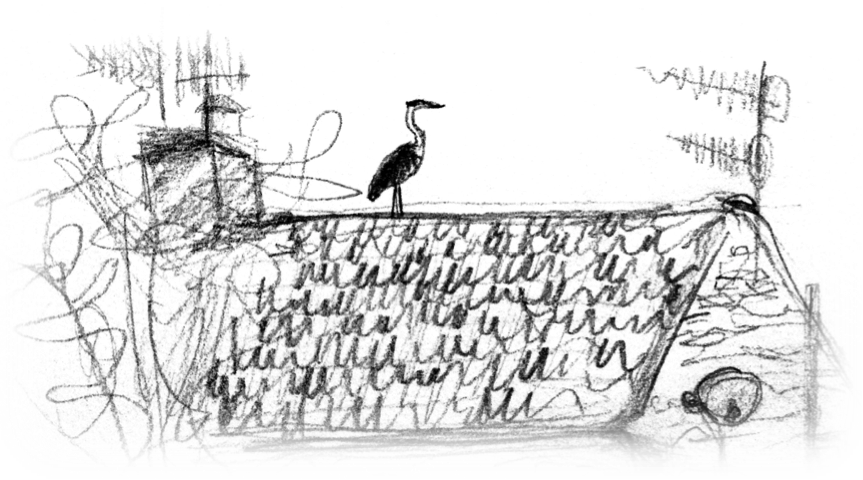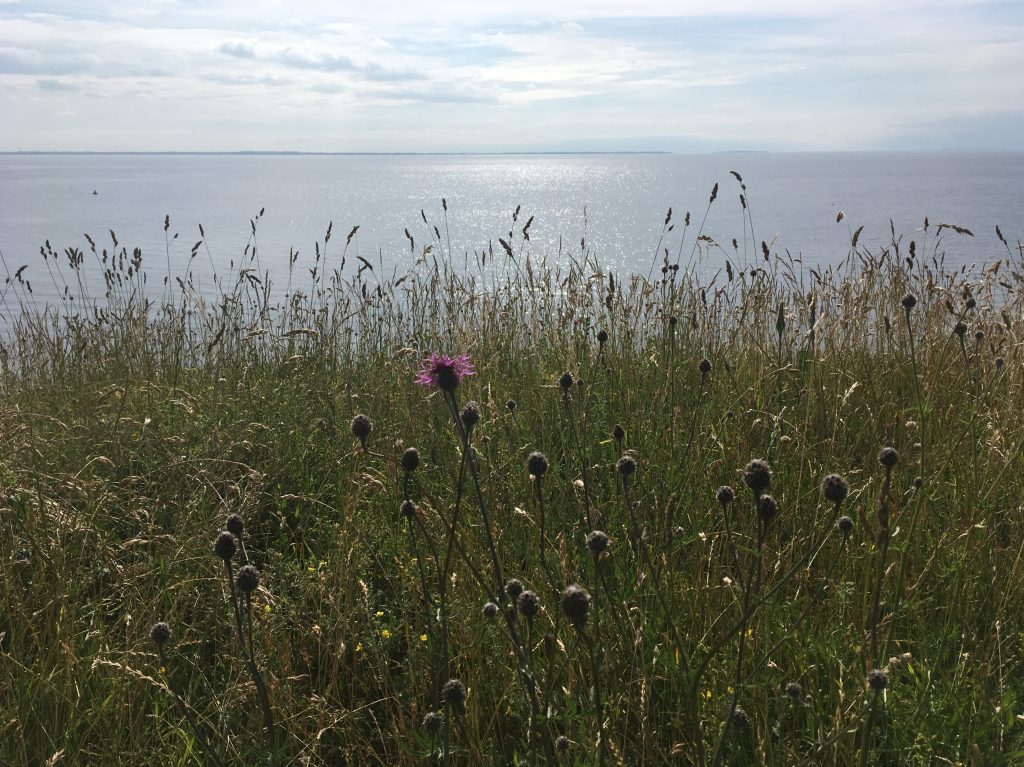
Life in between covid tides is full of unexpected…and here I am on the Danish coast, joining a crew of researchers and interns studying new gillnets prototypes to reduce harbor porpoise bycatch!
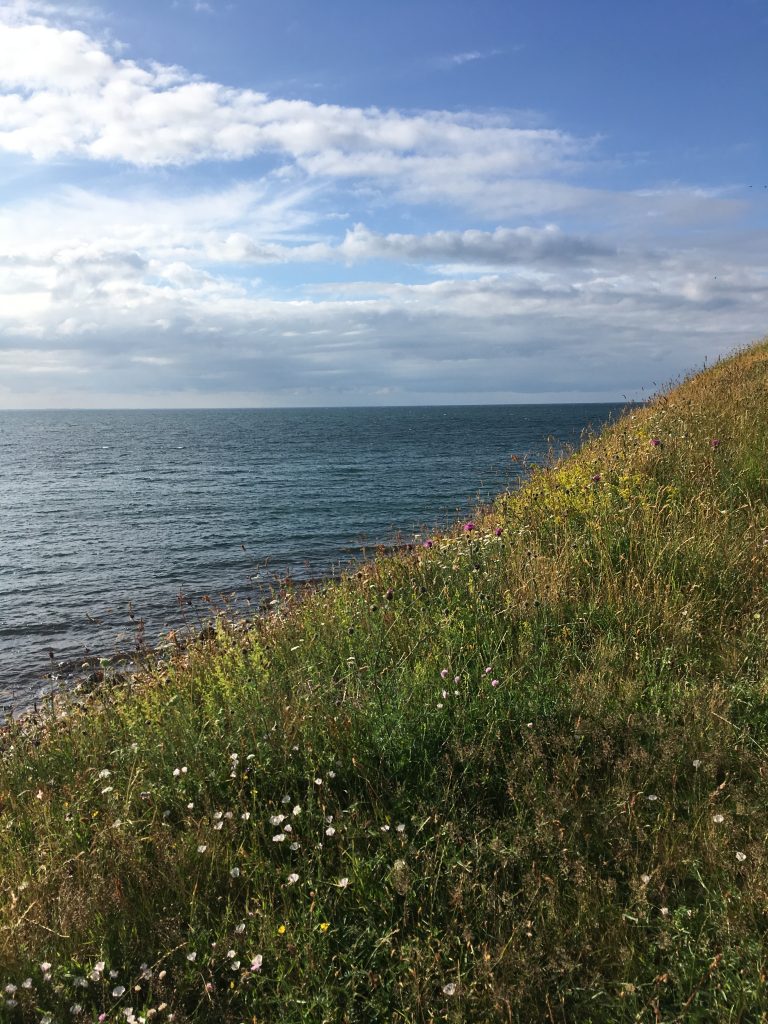
Harbor porpoises are an endemic species along the coasts of Europe, and the east Baltic Sea population of these animals is under threat; their co-inhabitance of the coasts with us and with fisheries puts their lives in danger day by day, because of entanglement in fishing gear and bycatch. This is the reason we are here, trying to observe how these lovely odontocetes (same family of dolphins, spermwhales and orcas) interact with modified gillnets, which have been adapted to be detected by their built-in sonar – also called echolocation!
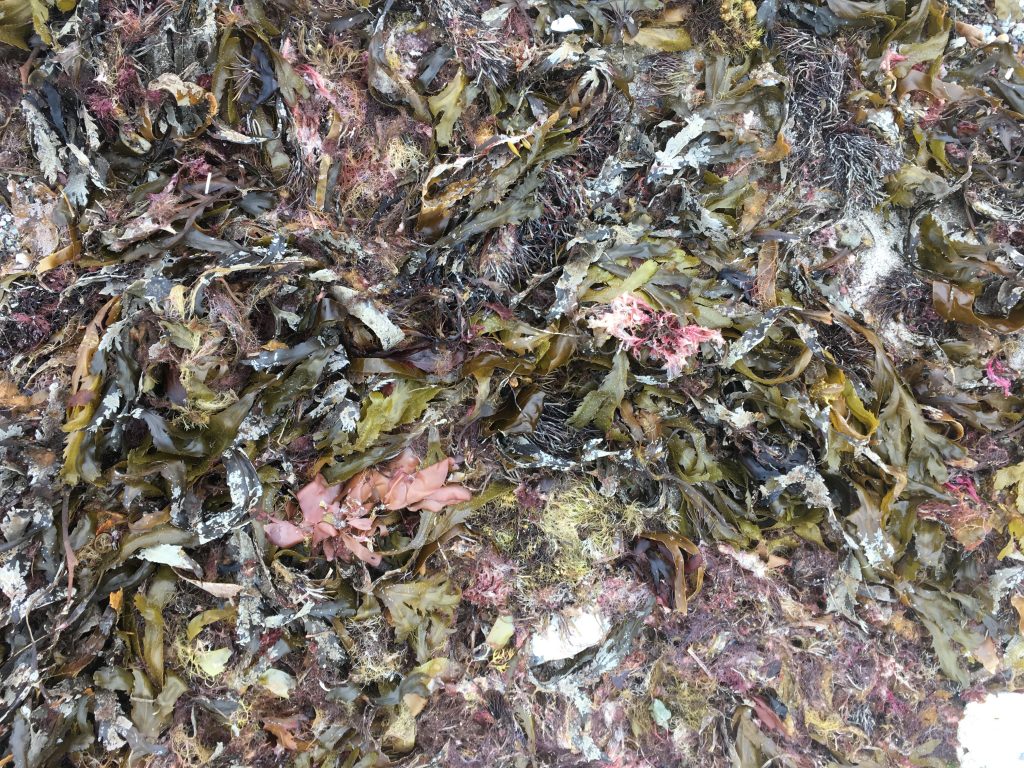
The project is a collaboration between the Thüne Institute from Germany and DTU Aqua from Denmark, and takes place on the coasts of Fynshoved on Fyn Island, from where I am writing now.
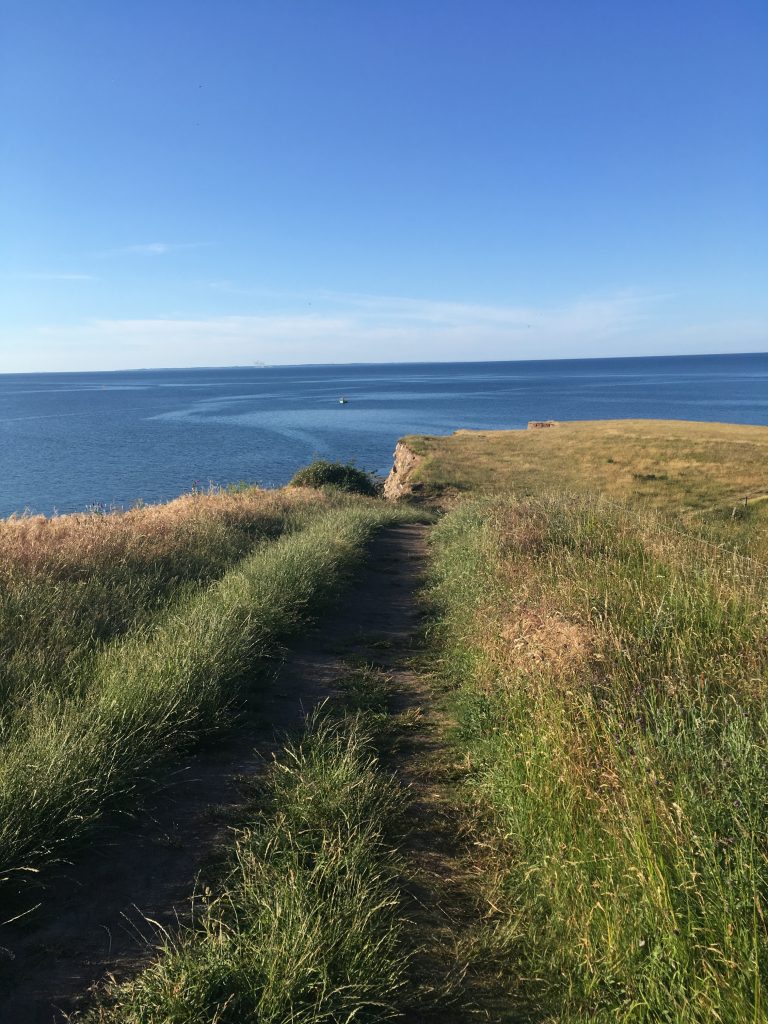
A normal day for us interns would see us have breakfast and then bike from the camping site where we’re based up to the cliffs, setting up a pavilion to and the theodolite (which we use to to track the animals and record their movements in the area), and starting our observation shifts, each of us checking on the sea surrounding us to the north, west and south sides.
When the sea is calm it is easy to spot our cetacean friends, their dorsal fins coming out of the water and sparkling in the sun, the smooth skin between gray and brown, just a glimpse of their busy life flowing underwater. We have spotted up to 33 in one day!
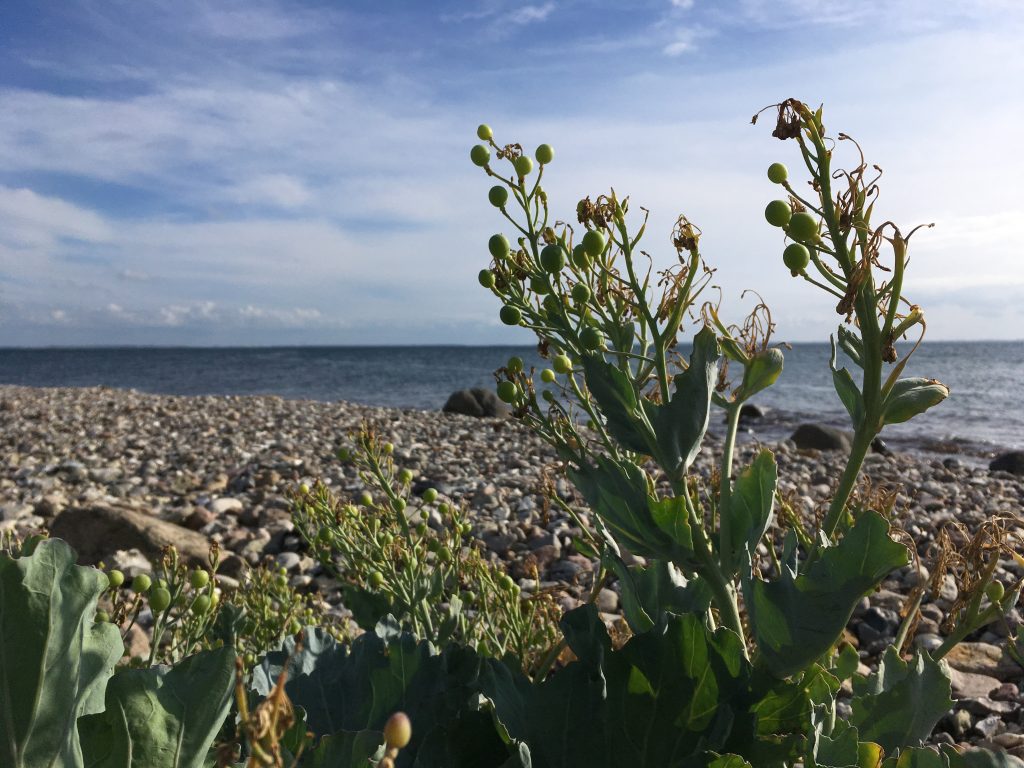
A part of the team follows the situation from the sea, on the Institute’s research boat. We have also hydrophones placed underwater in our experimental area, to collect bioacoustics data about the animals passing by even when the conditions are not good enough to observe.
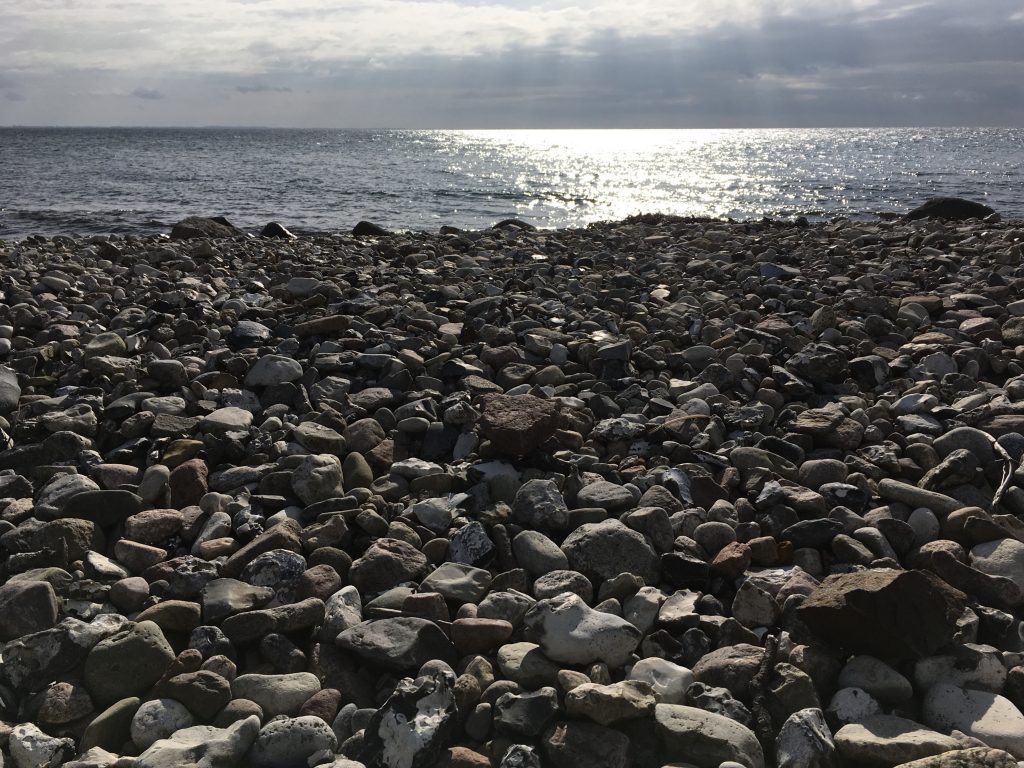
And that is what is happening now: for the last couple of days rain and wind have been against us… higher waves can be easily mistaken for porpoises, so we had to stop observing, and took care of other sides of the project (like sowing floatlines to the experimental nets, attaching hydrophones to the soundtrap structures…baking cookies & cakes…)
So it was time to update the heron’s nest!
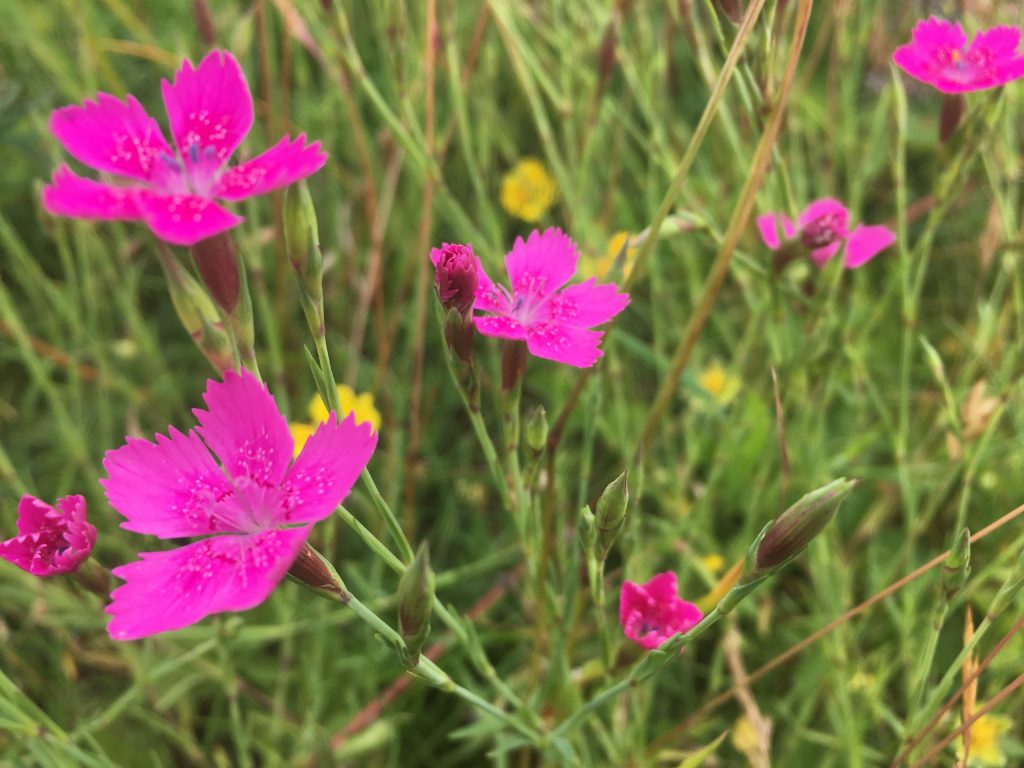
Some pictures for you from this little enchanted paradise, of countryside that meets the sea with wildflowers, swallows, hares and all sorts of seabirds and waterfawl -including my beloved terns, that I finally met in person for the first time!
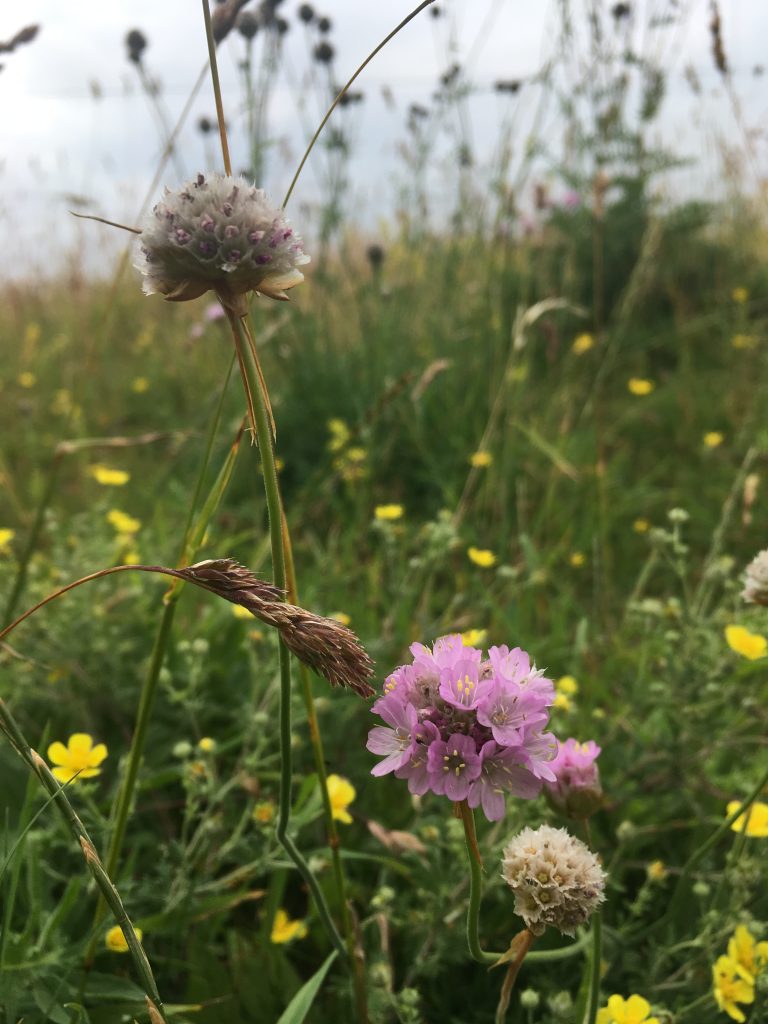
These agile birds, almost artsy shaped with their slim wings and light white bodies, really fascinate me. Their colors are as stunning as they are minimalistic, with a black cap on their head and the red beak and feet, and the voice is as funny and ungracious as you can imagine. But when they fly, and dive in the water -it is pure air energy and light power, and just so beautiful to watch.
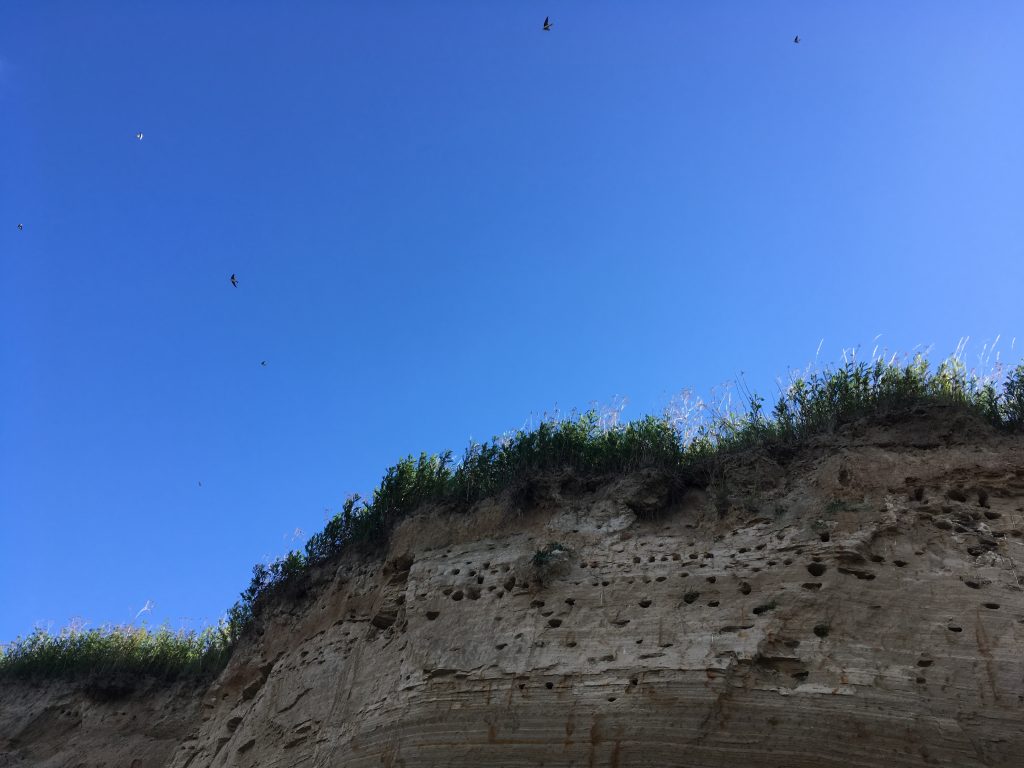
Hares are another lovely companion of these not-so-porpoiseful days: yesterday I observed a couple of them courting-fighting on the cliffs, quite unaware of my presence…
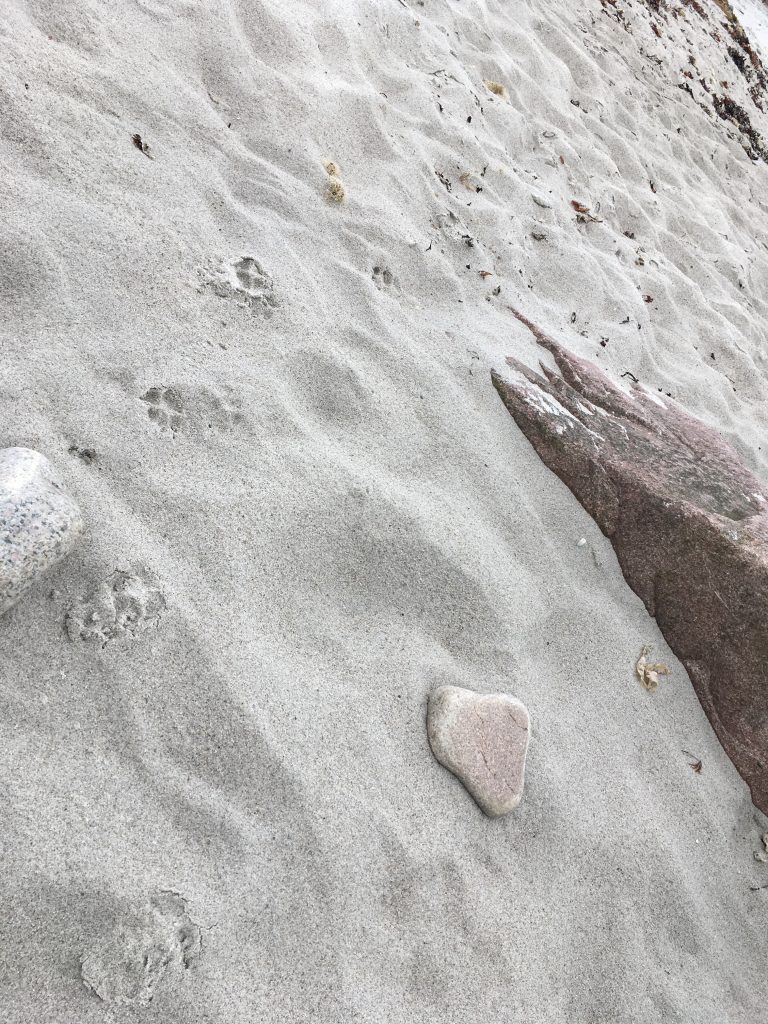
This world of fields and sea and wind is also full of birdsong, and scents that feel just as healing as the nature itself. Honeysuckle and wild roses, and the perfume of pines, all act together and make breathing a lovely experience -especially after the weeks I spent in London!
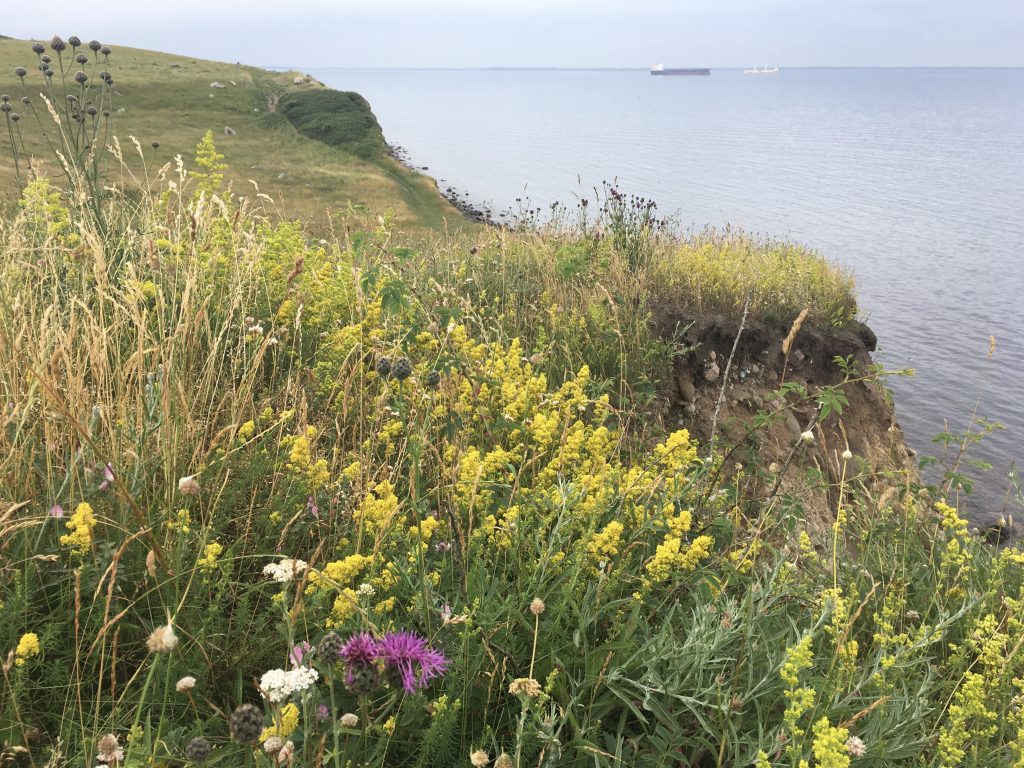
I will stay one week more, hoping that the weather will get better and I’ll be able to contribute a bit more to the actual research before I leave. But I am already grateful: this spontaneous trip, for which I have to thank the magic help of a friend, reminded me of life before the virus when I felt freer to go with the flow of things, and makes me hopeful that those times are gonna be back for good, soon.
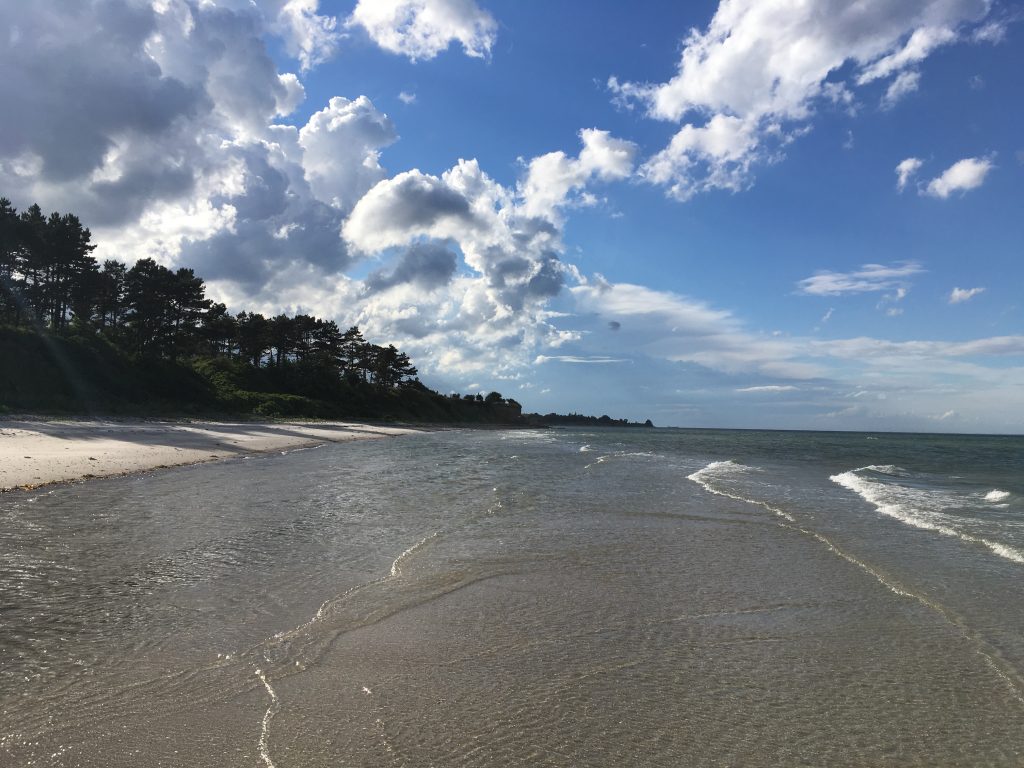
These notes come from a week ago, and I am sharing them now on my way back to the UK. I had a wonderful time in Denmark from which sparkled several new ideas and insights… I thank all the new lovely people I met and the stunning nature of the coast. I felt at home, and I hope I’ll be back in the future to contribute to the project again!
